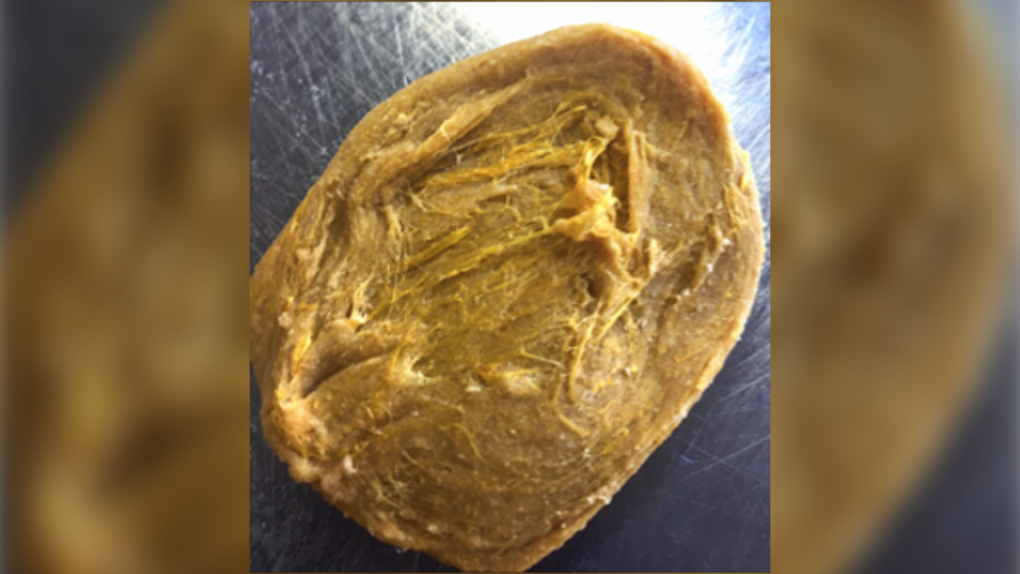The equipment at the Canadian Light Source on the University of Saskatchewan campus is allowing researchers to develop sustainable, plant-based versions of foods like meat and cheese.
The researchers hope to improve the sustainability and environmental impact of people’s food supply.
University of Guelph food science Ph.D. student Stacie Dobson says the bright lights allow them to view protein, starch, and fat molecules within samples of meats and cheeses.
Once they’re able to see how the proteins interact with each other, researchers can try to recreate that interaction; in essence, creating food in a lab.
“By manipulating those proteins we’re able to have this meat-like structure,” said Dobson.
“On the cheese side of it, we were able to come up with a system where we thought ‘We don’t want any of modified ingredients, we want to use the characteristics of the protein and starch itself and kind of use them together’ and we were able to create a network that melts and stretches very similar to cheese.”

Dobson says there is no artificial flavoring — and it tastes good.
“My professor will attest, he has been the taste tester and has made grilled cheese sandwiches with plenty of different cheese products, and he tends to like it,” she said.
“We’re able to kind of get that stretch that a lot of these vegan cheeses don’t have right now, and so this is something very innovative and we’re really excited to see where we can progress with it.”